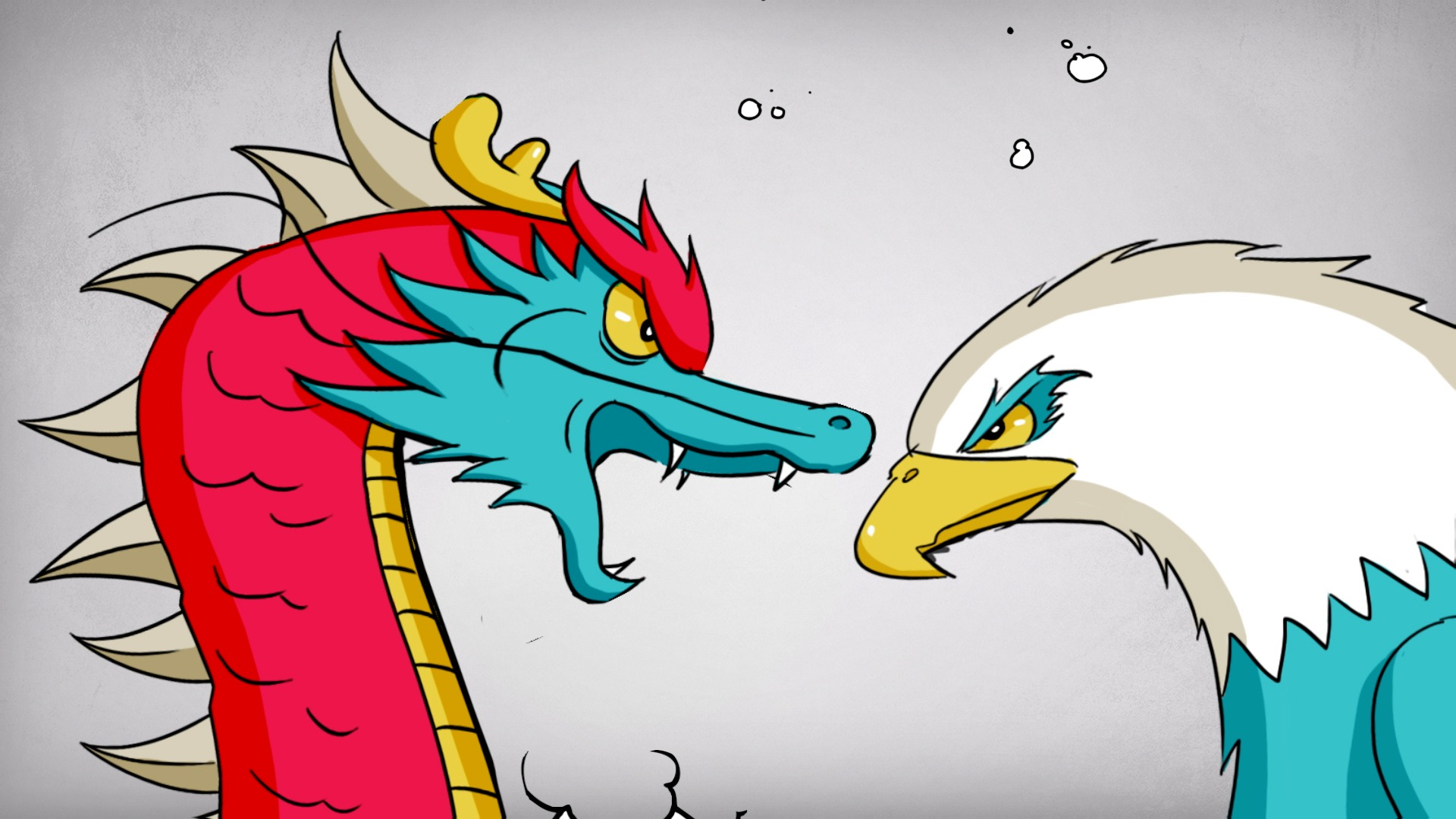
Business
22:59, 01-Aug-2018
The Trade War... Is it even legit?
Updated
22:45, 04-Aug-2018
CGTN
02:57

If you've been paying attention to the US-China trade war, you've probably heard the phrase “Section 301 investigation.”
For example, the US initiated a Section 301 Investigation back in August 2017, published the report of the investigation in March 2018; and released the Special 301 Report in April 2018.
But what is Section 301?
Basically, it's a part of the 1974 Trade Act that enables the US Trade Representative to investigate and unilaterally impose trade restrictions on foreign countries.
However, the act has rarely been used since the formation of the World Trade Organization in 1995, as the WTO's framework has – as the name suggests -- global legitimacy.
So is it valid for the US to use Section 301 to increase tariffs on foreign products?
First, the 1974 Trade Act is a domestic US law. Internationally, the WTO Dispute Settlement Mechanism requires its members to secure approval prior to enforcing any action against another WTO member, which means the US should take its findings to the WTO and only proceed with sanctions if an international body of judges agrees that the US has been treated unfairly. By using Section 301, Donald Trump has circumvented the WTO and acted outside the rules of global trade – making judgments without a neutral arbiter.
Second, among the 1,300 categories of Chinese products hit by US measures, the “bound tariff rates” of some were zero, 5 percent, or 10 percent. Those are tariff ceilings that each WTO member country has committed to. Now that the US has imposed an additional 25 percent tariff, the ceilings have been broken. As has the General Agreement on Tariffs and Trade 1994, a multilateral agreement among WTO members.
Even traditional US allies are complaining.
At the WTO Goods Council on March 26, 2018, the world’s largest trading countries and blocs agreed that any trade measure should be consistent with WTO agreements. Six members also called upon the United States to refrain from taking restrictive trade actions and instead to adopt more proportionate trade defense measures.
In the United States, the plan had to undergo further review in a public notice and comment process before the USTR issued a final determination. The office has received over 2,700 filings of written comments. More than 90 percent opposed the sanctions.
Trump started a trade war without congressional approval and against the wishes of the US business community – all while flouting WTO rules.
Author: Yang Xinmeng
Animation: Zhang Wanbao
Graphics: Li Jingjie
Voiceover: John Goodrich

SITEMAP
Copyright © 2018 CGTN. Beijing ICP prepared NO.16065310-3
Copyright © 2018 CGTN. Beijing ICP prepared NO.16065310-3